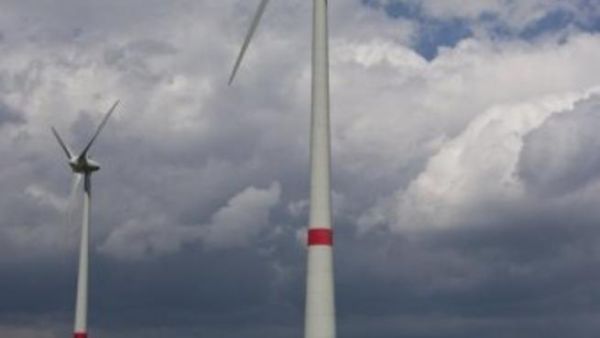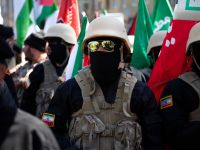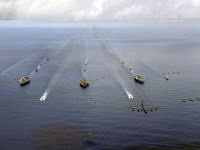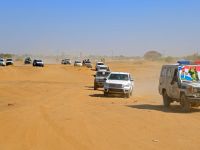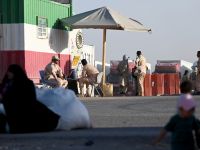King Abdullah City for Atomic and Renewable Energy (KACARE) has embarked on a national project to measure the sources of renewable energy in the Kingdom.
The move to assess the Kingdom’s renewable energy sources using state-of-the art technology, the country’s long- awaited project on renewable energy.
The website of the Renewable Resources Atlas (RRA) will be officially launched in Riyadh.
Addressing a press conference, the officials said the landmark projects will create jobs for citizens while generating renewable energy power for Saudi Arabia.
The projects will aim at 95 percent workforce nationalization as part of a long-term plan.
Khaled Al-Sulaiman, KACARE vice president for renewable energy, invited businessmen to invest in the promising schemes. Solar energy will be the future source of energy, he pointed out.
Maher Alodan, project director, said: “The RRA website will allow and facilitate access to data through interactive methods, where users can compare and evaluate the characteristics of the resources in various locations inside the Kingdom.”
He said: “As part of KACARE’s mission to build a sustainable mixed-energy for the country. The city is working on a program to monitor and measure the sources of renewable energy. It will work for monitoring and measuring of RES to collect data and make it available for use through the RRA on the Internet.”
It will provide quality data for the development of energy projects from the following sources: sun, wind, geothermal heat and energy from waste.
He said: “The data, which is obtained from more than 75 stations to support the planning sites of energy projects and the feasibility studies, will also facilitate the development of energy projects.”
The project, which aims at the production of electricity and water desalination, will also benefit from aspects of the research, technologies and appropriate solutions to the environment and climate in different regions of the country.
In an question-and-answer session, Al-Sulaiman added: “RRA will also serve universities, research centers and project developers. It is expected that least 100 monitoring stations will be set up in various parts of the Kingdom.


